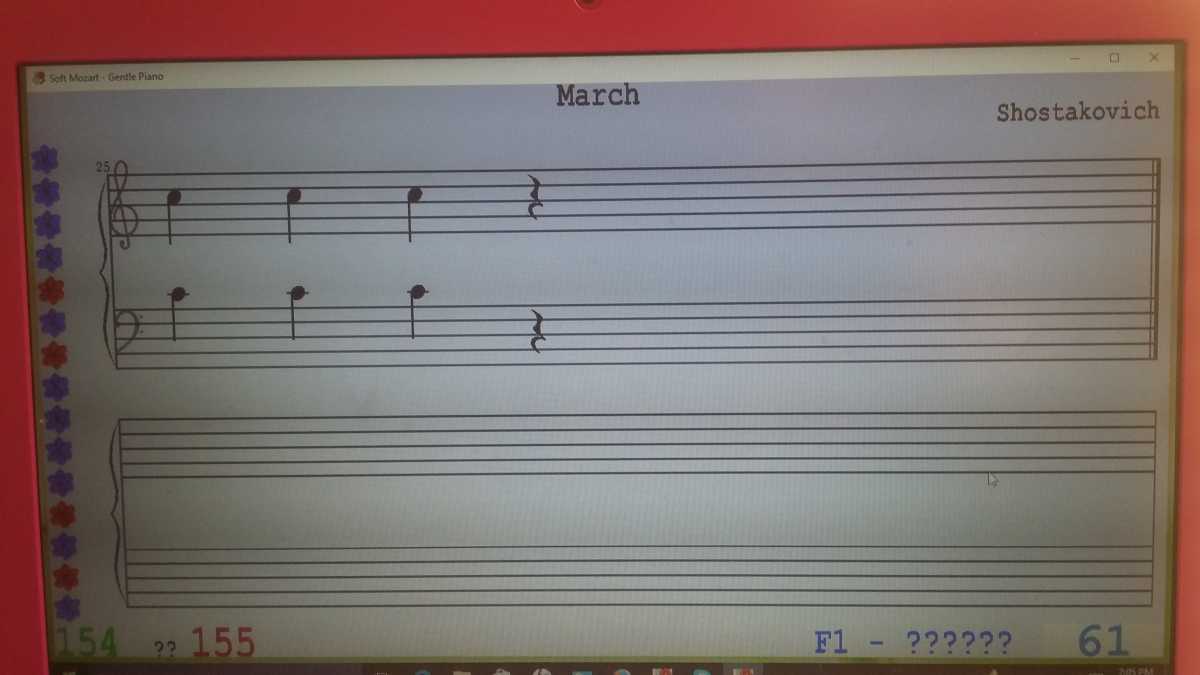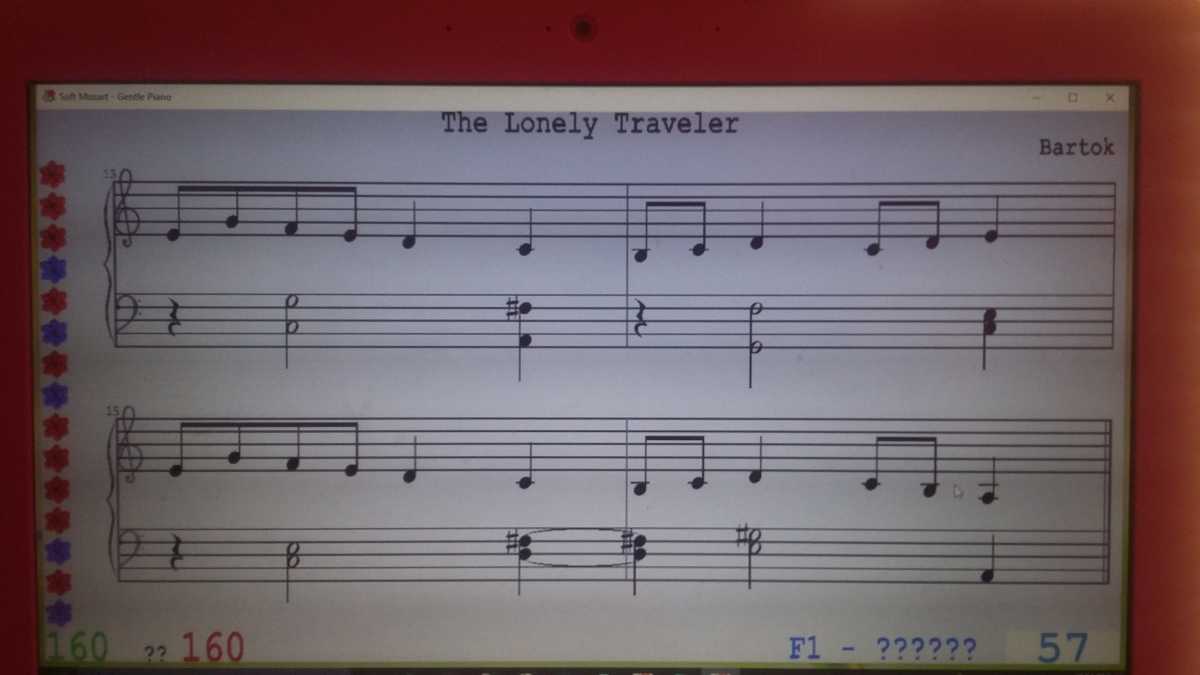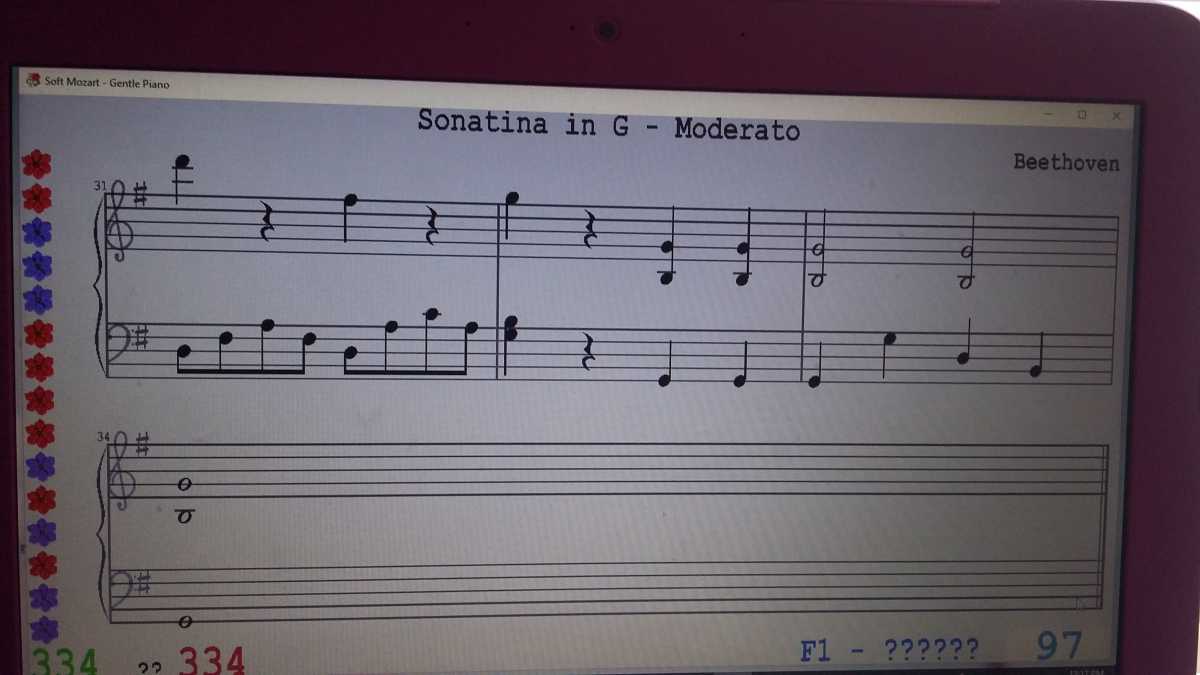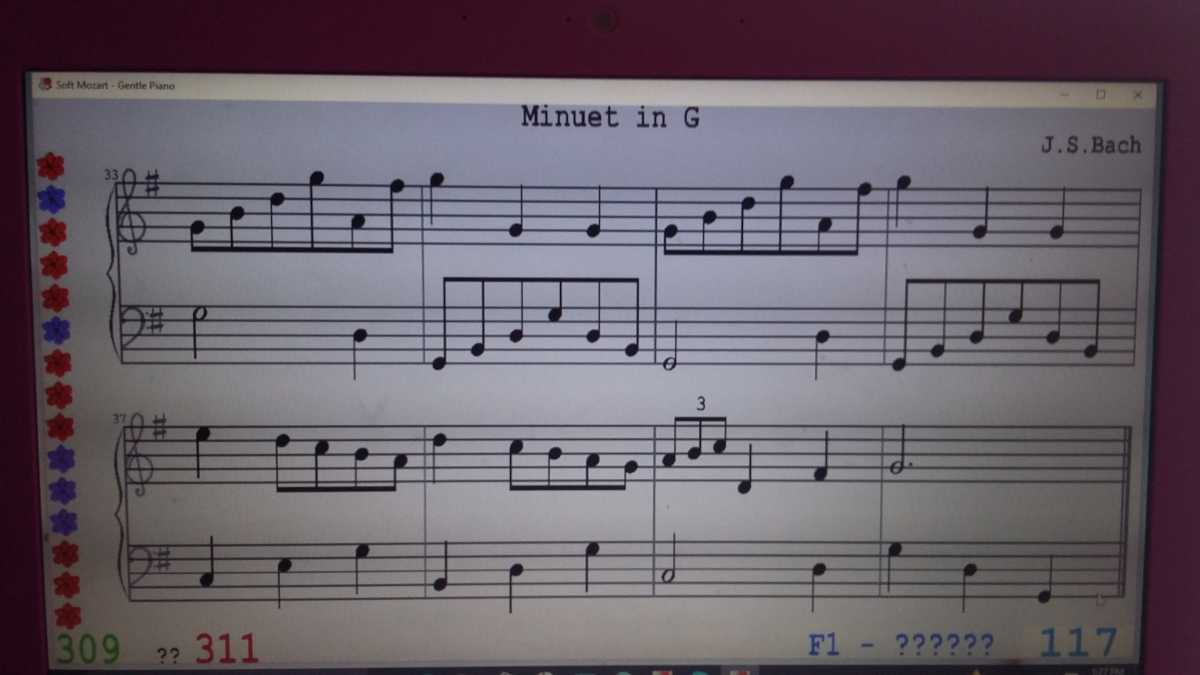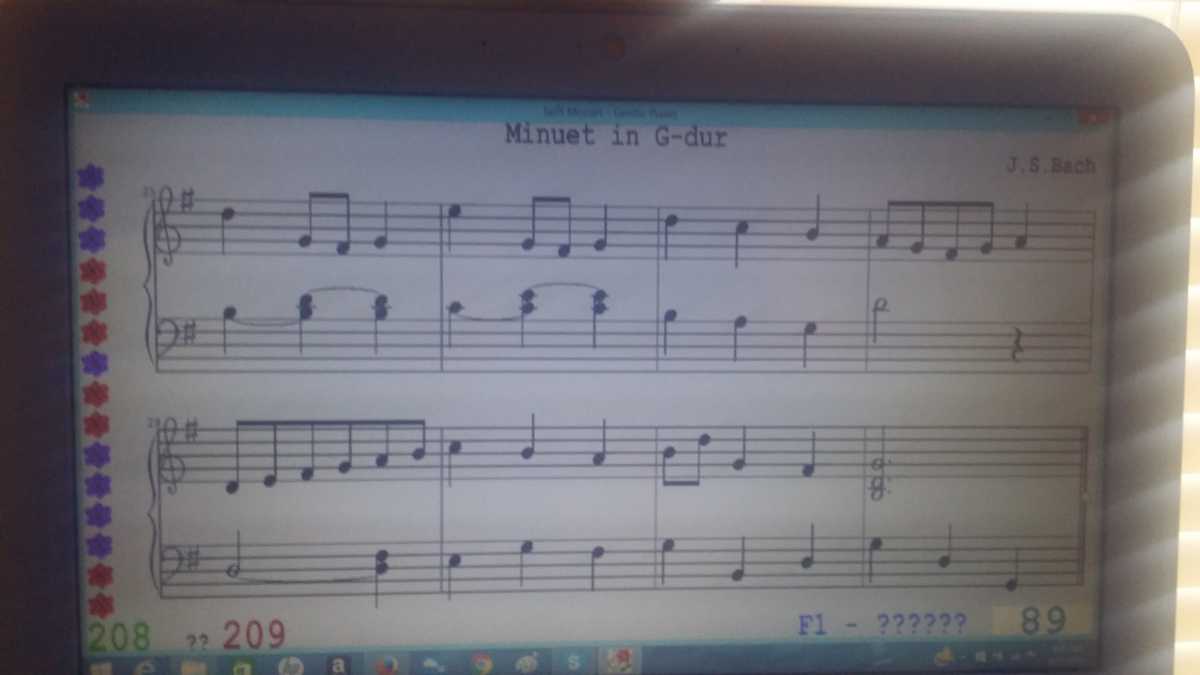- Thank you received: 0
Our Promotion
The countdown has ended
Save, Сэкономьте, Ahorrar
2015-2016
Liliana,16, Level 4
- a Guest
-
Topic Author
- New Member
-

Less
More
15 Jun 2016 15:25 - 15 Jun 2016 15:39 #23500
by a Guest
Liliana,16, Level 4 was created by a Guest
SOFT MOZART ACADEMY LEVEL 4
MUSIC HISTORY
1. Music of Ancient Times
Ancient music originated in countries like Egypt, China, India, Persia, Mesopatamia, Greece and Rome. Most of these ancient countries developed some type of musical notation and scales. Mesopatamia is credited to have the oldest known notation system written on cuniform tablets. The most common instruments used during ancient times were harps, flutes, lyres, lutes, double pipes, percussion instruments, and later, brass instruments. Music largely held religious and social significance in ancient societies. Egyptians believed their god Hathor created music, Greece and Rome believed music has supernatural effects on human behavior and performed music in theaters, and Jews sang psalms. Greece had a sophisticated notation system and created scales similar to our modern-day scales. Rome was the first country to invent brass instruments and developed chants.
"Carol of the Bells" is a Ukrainian folk chant. The traditional New Year's chant "Shedrick" originated in ancient Ukraine, which was dominated by Greece in the 6th century B.C. and then dominated by Byzantium Rome until the 6th century A.D. In the early 20th century, "Carol of the Bells" became popular in America and English lyrics were written for the melody.
2. Music of the Middle Ages
Medieval music mostly derived from Roman culture. Woodwind, brass and stringed instruments were commonly used to compose music. Some examples of specifically popular instruments were fiddles, lutes, flutes, trombones, harps, bagpipes and trumpets. The first organ-like instrument was invented in the Middle Ages. Music was played on secular and sacred occasions. Liturgical drama, plays with musical accompaniment, was the most popular form of entertainment in the Middle Ages. An example of a medieval tune is "Greensleeves," a traditional English folk song. Since about the 17th century, this tune has been used as a Christmas carol.
3. Creation of Music Notation
A comprehensive music system began to develop in the 11th century when a music theorist named Guido de Arezzo established a staff with four lines and named the notes with alphabetical names as we know them today: C D E F G A B. Other music theorists after Arezzo added and established rhythm notation and made note symbols into squares known as neumes. "Ut Queant Laxis" ("Hymn to St. John the Baptist") is a Gregorian Chant by Guido de Arezzo.
4.Gregorian Chants
Gregorian Chants, supposedly founded by Pope Gregory VII in the 11th century, was religious vocal music sung in Latin mostly by male choirs in Roman Catholic churches and monasteries. In the beginning, chants were only monophonic, meaning a melody was sung alone. In the 13-14th century, polyphony was incorporated into Gregorian chants (harmony was added). "Dies Irae" is an example of a Gregorian Chant.
5. Baroque -composers and main teachers
After the Black Death devastated Europe in the 14th century and humanism was born as a result, the Baroque period came into existence. It developed in c. 1600-1750 after the Renaissance and preceded the Classical Era. The Greek idea of music as being a powerful tool to manipulate the human mind and human emotions was fostered by Baroque composers. European countries like France, Germany, Italy and England produced the greatest of Baroque composers: Bach, Handel, Pachelbel, Vivaldi, Corelli, and Monteverdi. The major features of the Baroque period when compared to the previous era, the Medieval Ages, is the use of polyphony, the combination of melody and harmony, and a modern-style notation system. Forms of modern music such as operas, cantatas, oratios, overtures, govottes, minuets, and concertos were all developed during the Baroque period between the 15th and 18th centuries.
6. Rococo
Rococco is a term used to describe the late Baroque period, which lasted approximately from 1680-1730. This last stage of Baroque music prospered exclusively in France. The key figure composers of rococo are George Frideric Handel, Antonio Vivaldi, Johann Sebastian Bach, and Jean-Philippe Rameau. These composers all played a key role in the development of overtures, govottes, bourrees, minuets, preludes, concertos and concertatos. Music became more decorated and artistic, more elegant and beautiful. Rococo not only pertains to musical development, but also the parallel period of developing creative and artistic architecture, paintings, sculpture, and theater in 18th century France.
7. Haydn
The first notable German composer of the Classical Era was Joseph Haydn. He is best known as "Father of the Symphony." As a boy, he sang in church choirs. He learned to play the pianoforte, the harpsichord and the violin. When he became a young adult, Haydn became a freelancer and then was employed as a musician by noblemen. Joseph traveled all over Europe and became popular. He attained success readily and composed numerous symphonies, operas, quartets, concertos, and sonatas. Unlike his contemporaries Mozart and Beethoven, who were Freemasons, Joseph Haydn was a devout Catholic. Nevertheless, Mozart was a friend of his and Beethoven was his student in his later years. Joseph Haydn died at age 77 from illness in 1809, but outlived his fellow-composer Mozart, who died in 1791.
8. Mozart
Wolfgang Amadeus Mozart (1756-1791) was the most popular German composer of the Classical period. He was a child prodigy. By age 5, he could play the pianoforte and violin excellently and wrote his own music. Wolfgang's father was his music teacher and toured him all over Europe to display his talent. At age 17, young Mozart was hired by a bishop as a musician. He later quit and became a freelancer and composer. Mozart gained much fame throughout Europe and became wealthy. Unfortunately, the amazing composer became severely ill in 1791 and died at age 35. Despite dying so young, Wolfgang Amadeus Mozart left behind an abundant legacy of over 600 compositions.
9. Beethoven
German musician Ludwig van Beethoven (1770-1827) was best known as a piano virtuoso and an honorable composer. Beethoven was also skilled in playing the viola, violin, and organ. Taught by Joseph Haydn and greatly influenced and inspired by Mozart, Ludwig van Beethoven began publicly performing in 1795 and gained rapid success. He is most remembered for being a deaf composer. Shortly after he officially began his career as a composer, Ludwig suffered from an accident and lost his hearing. He never fully recovered, and by 1814, became entirely deaf. But Beethoven still continued to compose after his accident and even after completely losing his hearing. During the mid-period of his work, his music sounded very heroic. Beethoven was a strong supporter of the Napoleon Wars for a while, and later, after becoming disappointed with his hero Napoleon, his music reflected his sorrow. Later on in his career, Beethoven taught Carl Czerny. The deaf composer and pianist died in 1827 from illness.
EAR TRAINING
1. Favorite Classics 1 music dictations with bars for rhythm, connected shorter notes, and dots under longer notes.
2. Favorite Classics 1: transposed pieces to Do, Fa, and Sol major
MUSIC HISTORY
1. Music of Ancient Times
Ancient music originated in countries like Egypt, China, India, Persia, Mesopatamia, Greece and Rome. Most of these ancient countries developed some type of musical notation and scales. Mesopatamia is credited to have the oldest known notation system written on cuniform tablets. The most common instruments used during ancient times were harps, flutes, lyres, lutes, double pipes, percussion instruments, and later, brass instruments. Music largely held religious and social significance in ancient societies. Egyptians believed their god Hathor created music, Greece and Rome believed music has supernatural effects on human behavior and performed music in theaters, and Jews sang psalms. Greece had a sophisticated notation system and created scales similar to our modern-day scales. Rome was the first country to invent brass instruments and developed chants.
"Carol of the Bells" is a Ukrainian folk chant. The traditional New Year's chant "Shedrick" originated in ancient Ukraine, which was dominated by Greece in the 6th century B.C. and then dominated by Byzantium Rome until the 6th century A.D. In the early 20th century, "Carol of the Bells" became popular in America and English lyrics were written for the melody.
2. Music of the Middle Ages
Medieval music mostly derived from Roman culture. Woodwind, brass and stringed instruments were commonly used to compose music. Some examples of specifically popular instruments were fiddles, lutes, flutes, trombones, harps, bagpipes and trumpets. The first organ-like instrument was invented in the Middle Ages. Music was played on secular and sacred occasions. Liturgical drama, plays with musical accompaniment, was the most popular form of entertainment in the Middle Ages. An example of a medieval tune is "Greensleeves," a traditional English folk song. Since about the 17th century, this tune has been used as a Christmas carol.
3. Creation of Music Notation
A comprehensive music system began to develop in the 11th century when a music theorist named Guido de Arezzo established a staff with four lines and named the notes with alphabetical names as we know them today: C D E F G A B. Other music theorists after Arezzo added and established rhythm notation and made note symbols into squares known as neumes. "Ut Queant Laxis" ("Hymn to St. John the Baptist") is a Gregorian Chant by Guido de Arezzo.
4.Gregorian Chants
Gregorian Chants, supposedly founded by Pope Gregory VII in the 11th century, was religious vocal music sung in Latin mostly by male choirs in Roman Catholic churches and monasteries. In the beginning, chants were only monophonic, meaning a melody was sung alone. In the 13-14th century, polyphony was incorporated into Gregorian chants (harmony was added). "Dies Irae" is an example of a Gregorian Chant.
5. Baroque -composers and main teachers
After the Black Death devastated Europe in the 14th century and humanism was born as a result, the Baroque period came into existence. It developed in c. 1600-1750 after the Renaissance and preceded the Classical Era. The Greek idea of music as being a powerful tool to manipulate the human mind and human emotions was fostered by Baroque composers. European countries like France, Germany, Italy and England produced the greatest of Baroque composers: Bach, Handel, Pachelbel, Vivaldi, Corelli, and Monteverdi. The major features of the Baroque period when compared to the previous era, the Medieval Ages, is the use of polyphony, the combination of melody and harmony, and a modern-style notation system. Forms of modern music such as operas, cantatas, oratios, overtures, govottes, minuets, and concertos were all developed during the Baroque period between the 15th and 18th centuries.
6. Rococo
Rococco is a term used to describe the late Baroque period, which lasted approximately from 1680-1730. This last stage of Baroque music prospered exclusively in France. The key figure composers of rococo are George Frideric Handel, Antonio Vivaldi, Johann Sebastian Bach, and Jean-Philippe Rameau. These composers all played a key role in the development of overtures, govottes, bourrees, minuets, preludes, concertos and concertatos. Music became more decorated and artistic, more elegant and beautiful. Rococo not only pertains to musical development, but also the parallel period of developing creative and artistic architecture, paintings, sculpture, and theater in 18th century France.
7. Haydn
The first notable German composer of the Classical Era was Joseph Haydn. He is best known as "Father of the Symphony." As a boy, he sang in church choirs. He learned to play the pianoforte, the harpsichord and the violin. When he became a young adult, Haydn became a freelancer and then was employed as a musician by noblemen. Joseph traveled all over Europe and became popular. He attained success readily and composed numerous symphonies, operas, quartets, concertos, and sonatas. Unlike his contemporaries Mozart and Beethoven, who were Freemasons, Joseph Haydn was a devout Catholic. Nevertheless, Mozart was a friend of his and Beethoven was his student in his later years. Joseph Haydn died at age 77 from illness in 1809, but outlived his fellow-composer Mozart, who died in 1791.
8. Mozart
Wolfgang Amadeus Mozart (1756-1791) was the most popular German composer of the Classical period. He was a child prodigy. By age 5, he could play the pianoforte and violin excellently and wrote his own music. Wolfgang's father was his music teacher and toured him all over Europe to display his talent. At age 17, young Mozart was hired by a bishop as a musician. He later quit and became a freelancer and composer. Mozart gained much fame throughout Europe and became wealthy. Unfortunately, the amazing composer became severely ill in 1791 and died at age 35. Despite dying so young, Wolfgang Amadeus Mozart left behind an abundant legacy of over 600 compositions.
9. Beethoven
German musician Ludwig van Beethoven (1770-1827) was best known as a piano virtuoso and an honorable composer. Beethoven was also skilled in playing the viola, violin, and organ. Taught by Joseph Haydn and greatly influenced and inspired by Mozart, Ludwig van Beethoven began publicly performing in 1795 and gained rapid success. He is most remembered for being a deaf composer. Shortly after he officially began his career as a composer, Ludwig suffered from an accident and lost his hearing. He never fully recovered, and by 1814, became entirely deaf. But Beethoven still continued to compose after his accident and even after completely losing his hearing. During the mid-period of his work, his music sounded very heroic. Beethoven was a strong supporter of the Napoleon Wars for a while, and later, after becoming disappointed with his hero Napoleon, his music reflected his sorrow. Later on in his career, Beethoven taught Carl Czerny. The deaf composer and pianist died in 1827 from illness.
EAR TRAINING
1. Favorite Classics 1 music dictations with bars for rhythm, connected shorter notes, and dots under longer notes.
2. Favorite Classics 1: transposed pieces to Do, Fa, and Sol major
Last edit: 15 Jun 2016 15:39 by a Guest.
Please Log in or Create an account to join the conversation.
- a Guest
-
Topic Author
- New Member
-

Less
More
- Thank you received: 0
15 Jun 2016 15:41 #23510
by a Guest
Replied by a Guest on topic Liliana,16, Level 4
- a Guest
-
Topic Author
- New Member
-

Less
More
- Thank you received: 0
15 Jun 2016 16:09 - 15 Jun 2016 18:59 #23527
by a Guest
Replied by a Guest on topic Liliana,16, Level 4
MUSIC THEORY
Level 4 and 5 flash cards
Structure of the major scale and building all the major scales
Building all the natural minor scales with the minor scale formula.
The Harmonic Minor Scales
The Melodic Minor Scales
Circle of 4ths and 5ths
Building intervals
Level 4 and 5 flash cards
Structure of the major scale and building all the major scales
Building all the natural minor scales with the minor scale formula.
The Harmonic Minor Scales
The Melodic Minor Scales
Circle of 4ths and 5ths
Building intervals
Last edit: 15 Jun 2016 18:59 by a Guest.
Please Log in or Create an account to join the conversation.
- a Guest
-
Topic Author
- New Member
-

Less
More
- Thank you received: 0
15 Jun 2016 19:38 #23542
by a Guest
Replied by a Guest on topic Liliana,16, Level 4
PIANO SCALES
Relatives:
Do Major, La Minor Scales
Fa major, Re minor scales
Sol Major, Mi minor scales
Re major, Ti minor scales
Tib Major, Sol minor Scales
La major, Fa# minor scales
Mib major, Do minors
Mi Major, Do# minor Scales
Relatives:
Do Major, La Minor Scales
Fa major, Re minor scales
Sol Major, Mi minor scales
Re major, Ti minor scales
Tib Major, Sol minor Scales
La major, Fa# minor scales
Mib major, Do minors
Mi Major, Do# minor Scales
Please Log in or Create an account to join the conversation.
- a Guest
-
Topic Author
- New Member
-

Less
More
- Thank you received: 0
15 Jun 2016 19:43 - 16 Jun 2016 09:07 #23543
by a Guest
Replied by a Guest on topic Liliana,16, Level 4
Last edit: 16 Jun 2016 09:07 by a Guest.
Please Log in or Create an account to join the conversation.
- a Guest
-
Topic Author
- New Member
-

Less
More
- Thank you received: 0
16 Jun 2016 09:49 - 16 Jun 2016 10:01 #23565
by a Guest
Replied by a Guest on topic Liliana,16, Level 4
Last edit: 16 Jun 2016 10:01 by a Guest.
Please Log in or Create an account to join the conversation.
Time to create page: 0.286 seconds

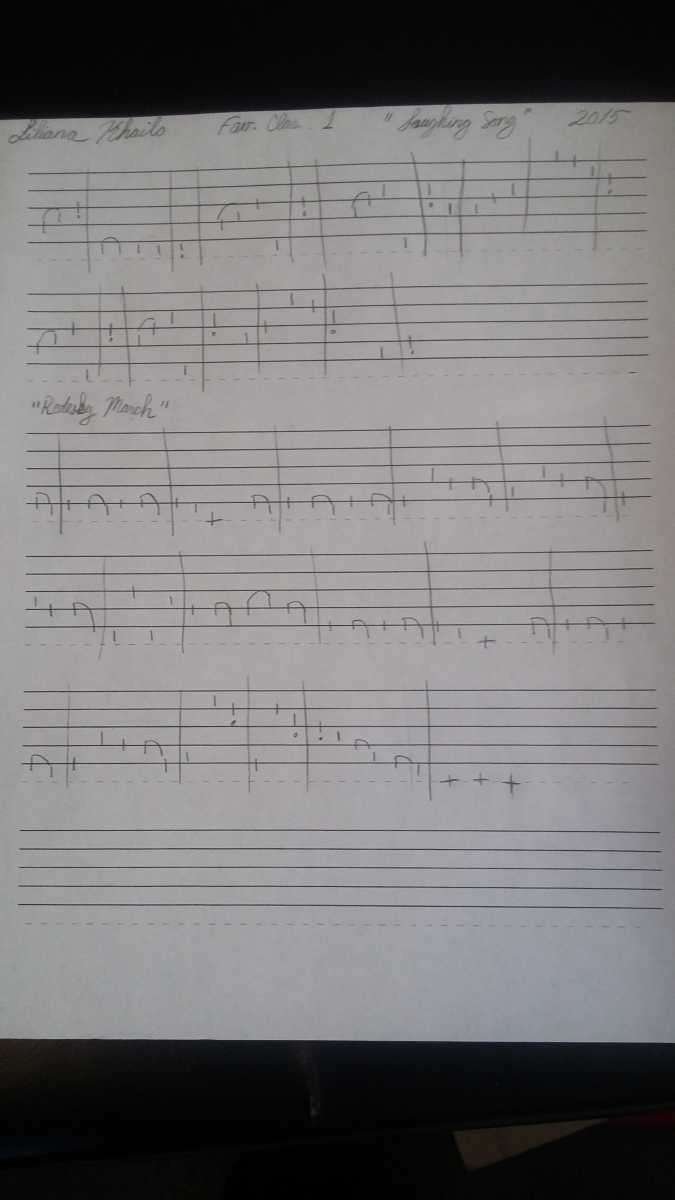
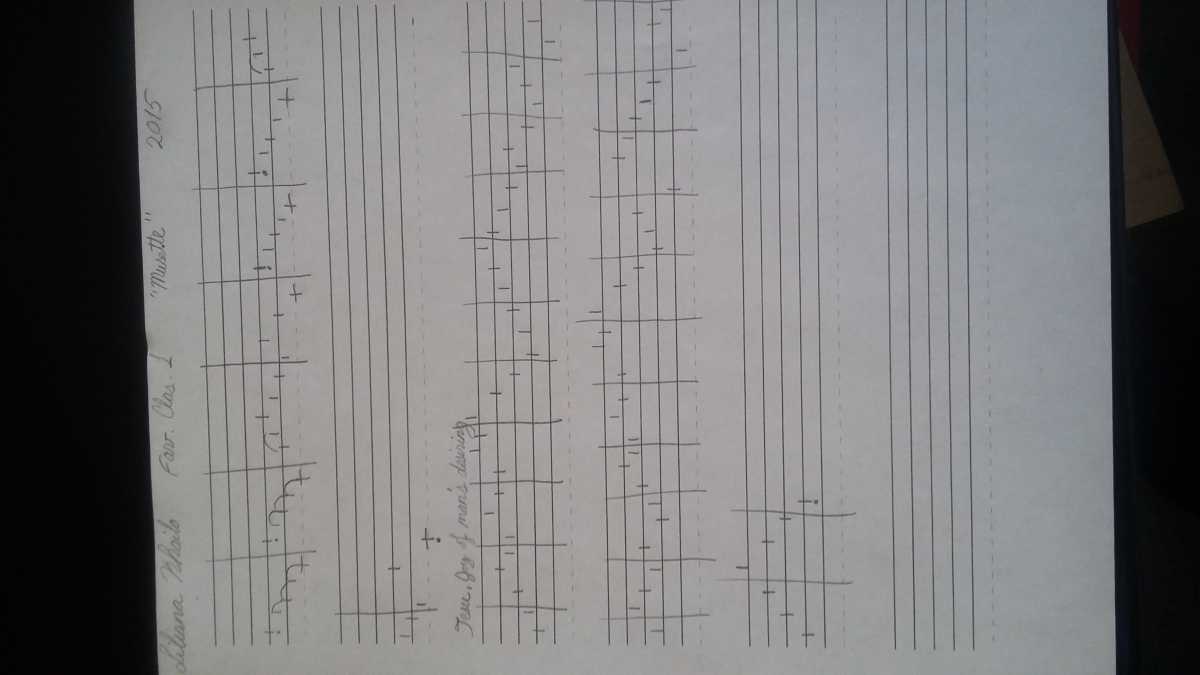
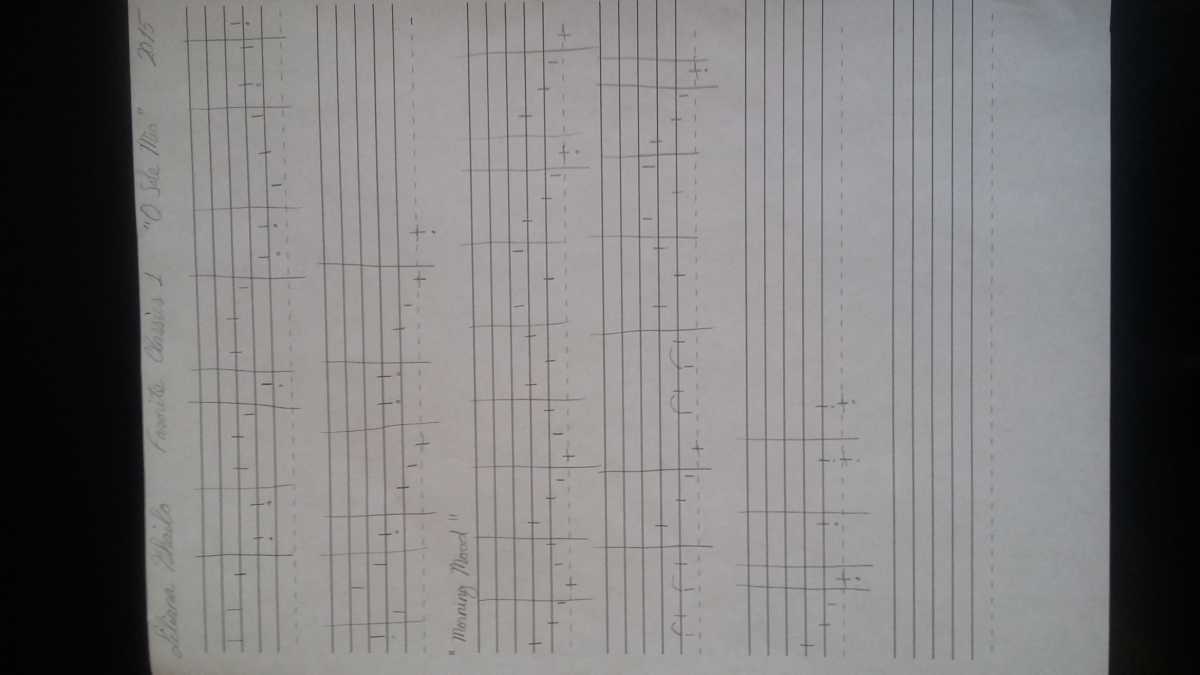
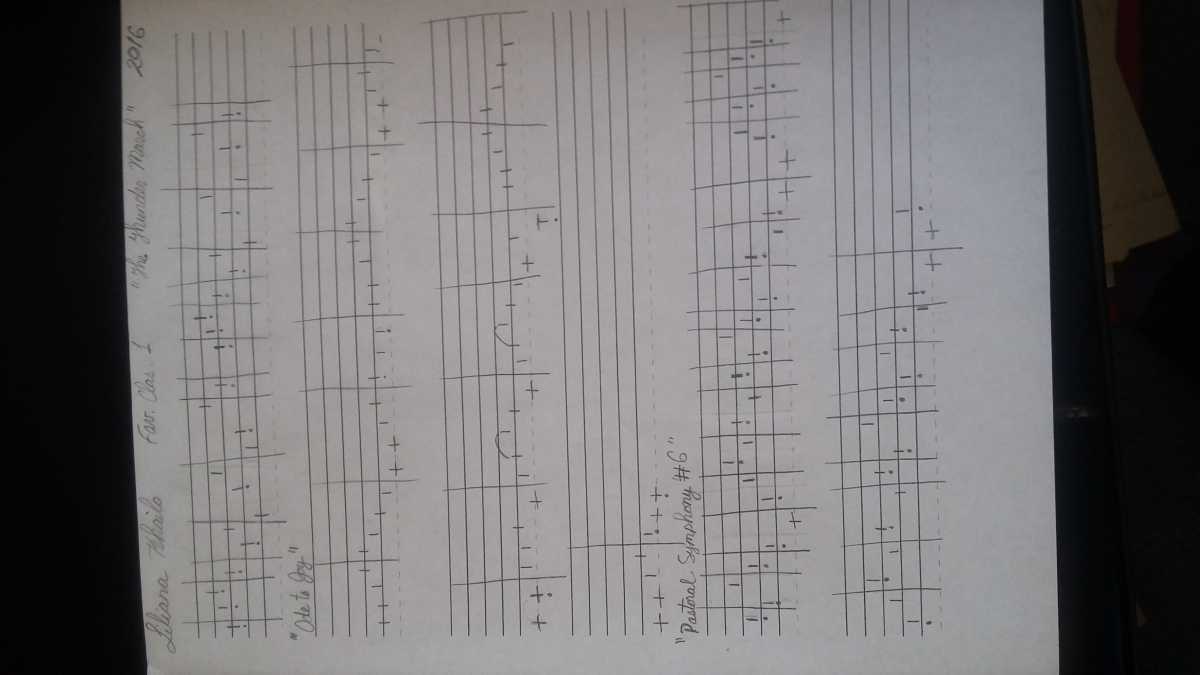
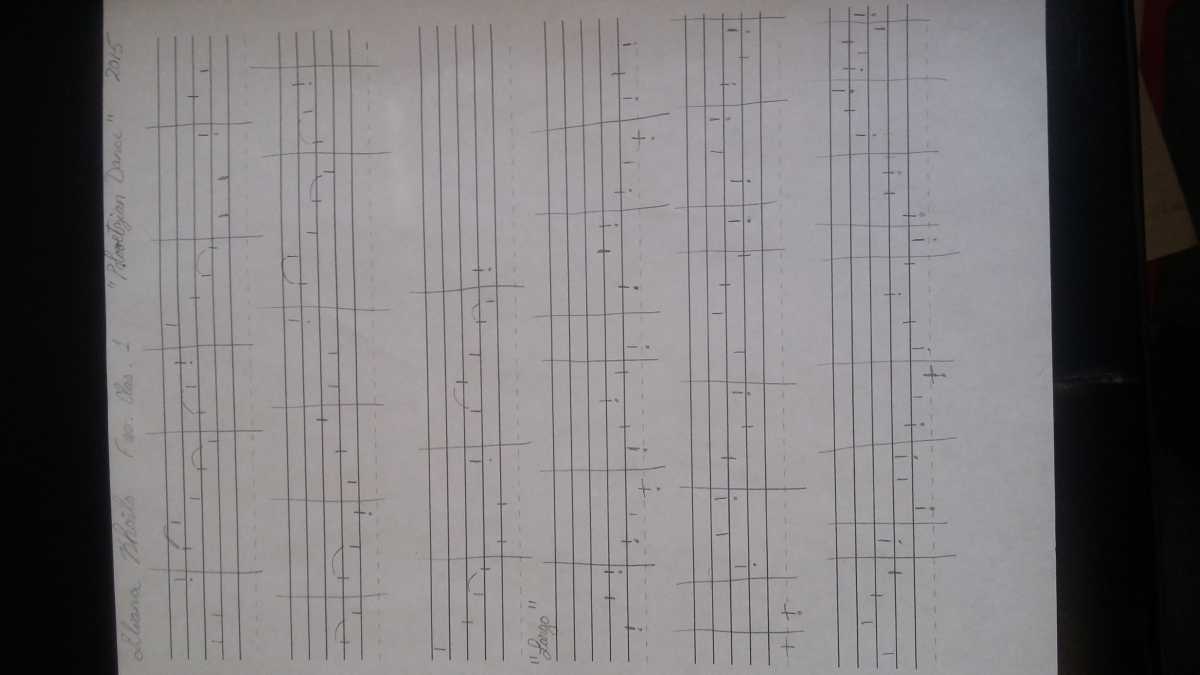
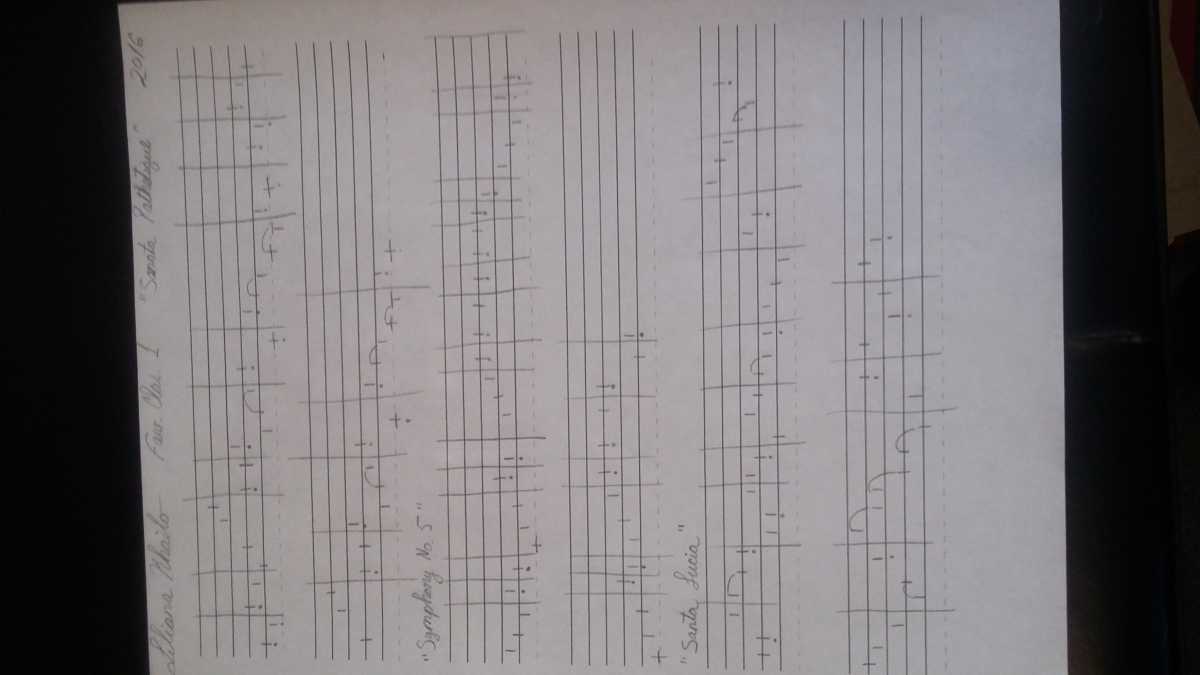
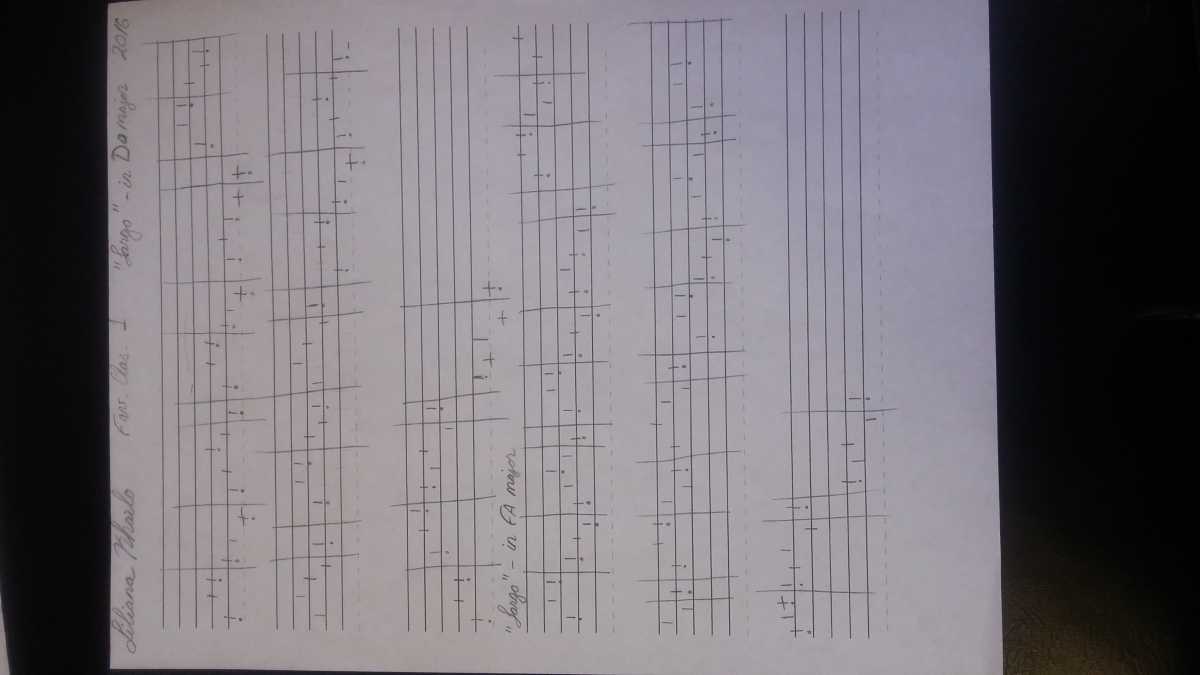
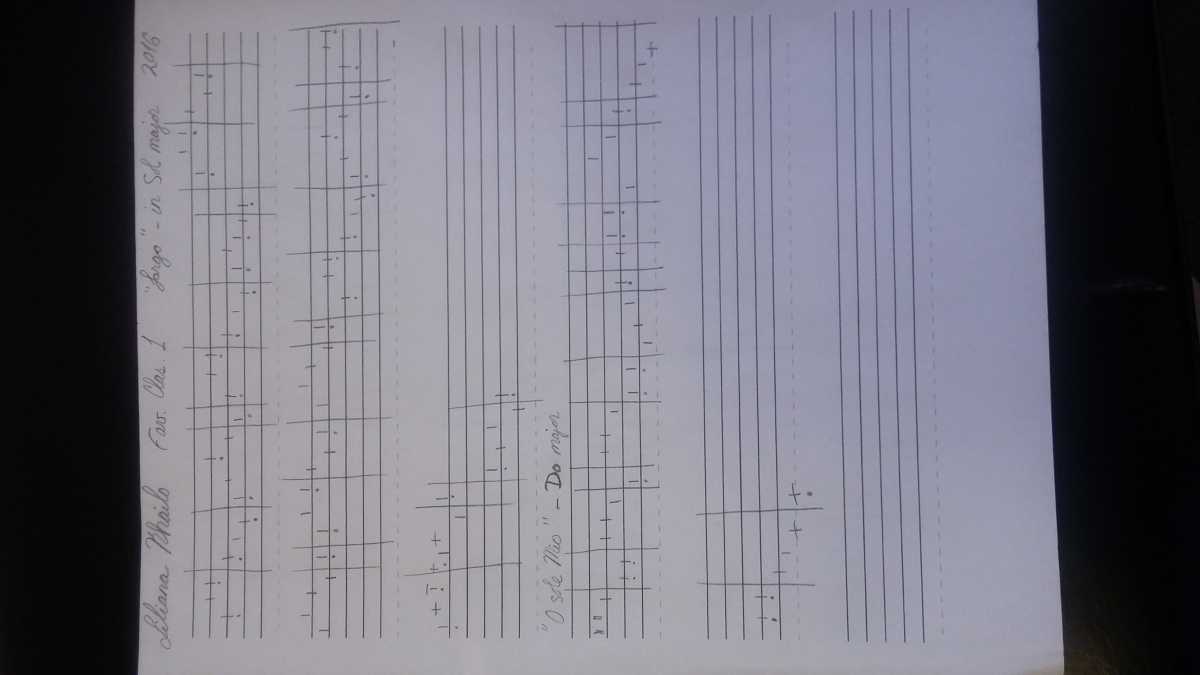
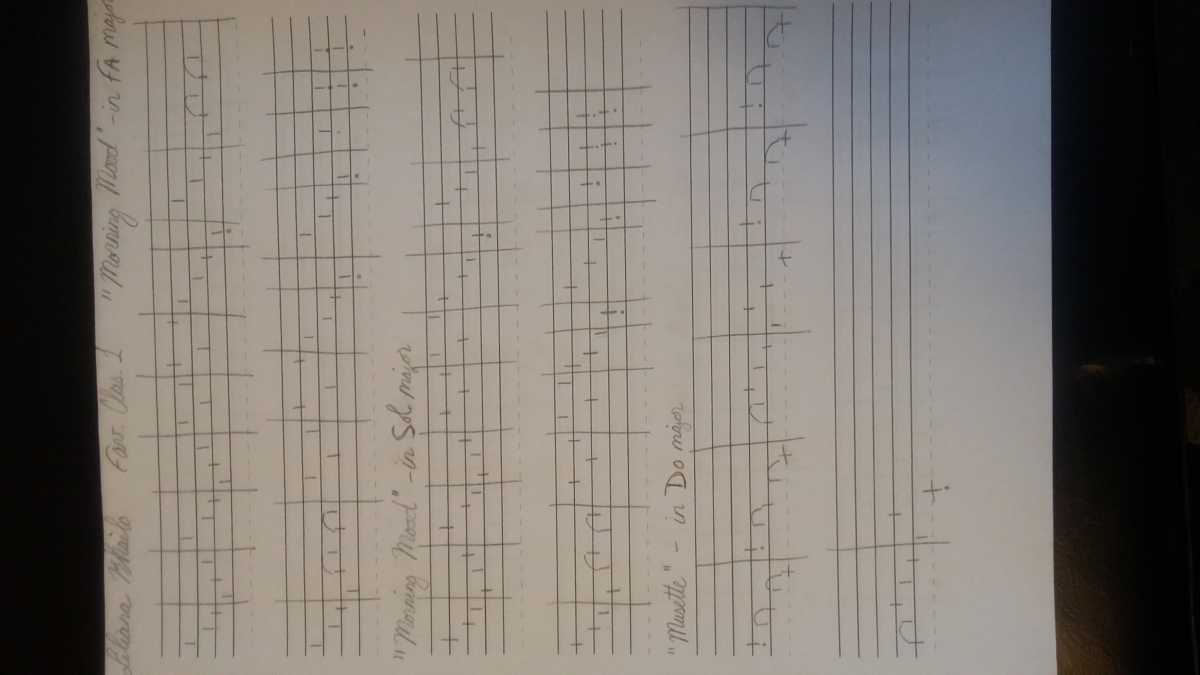
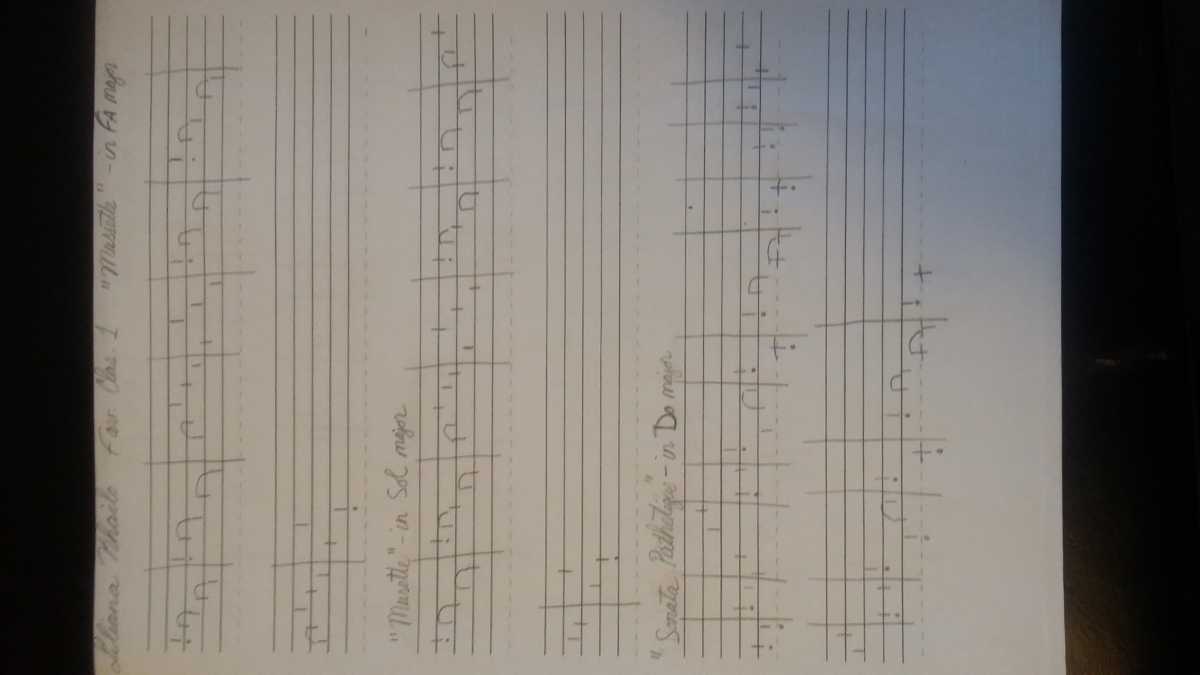
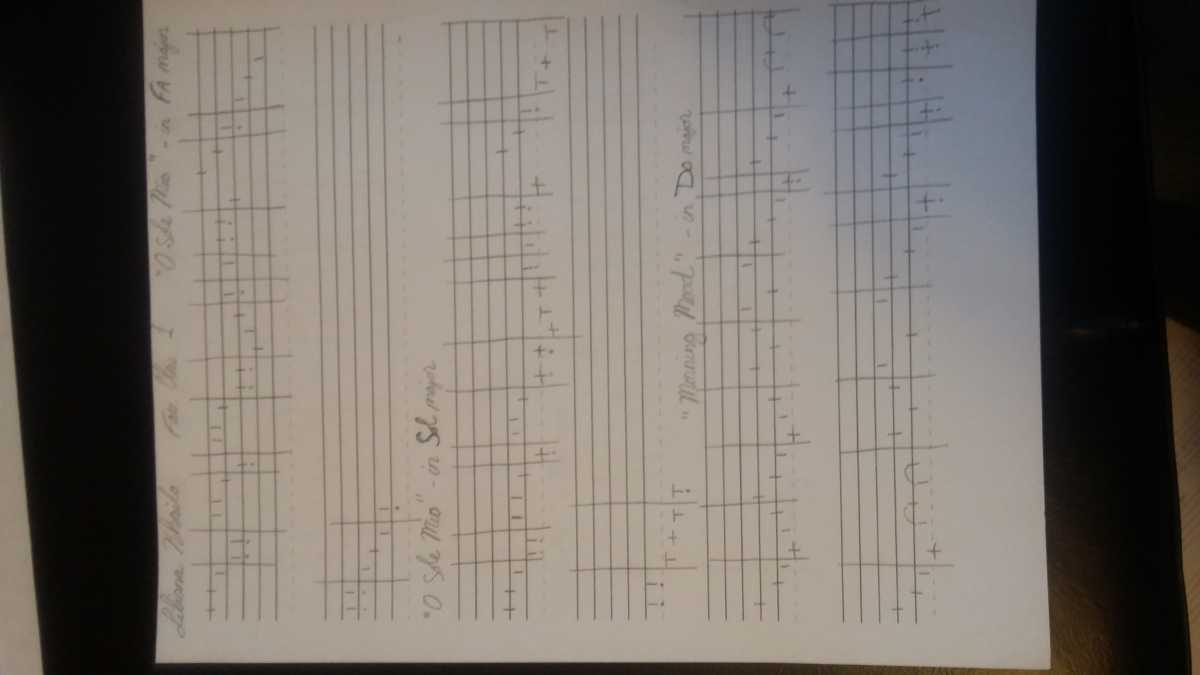
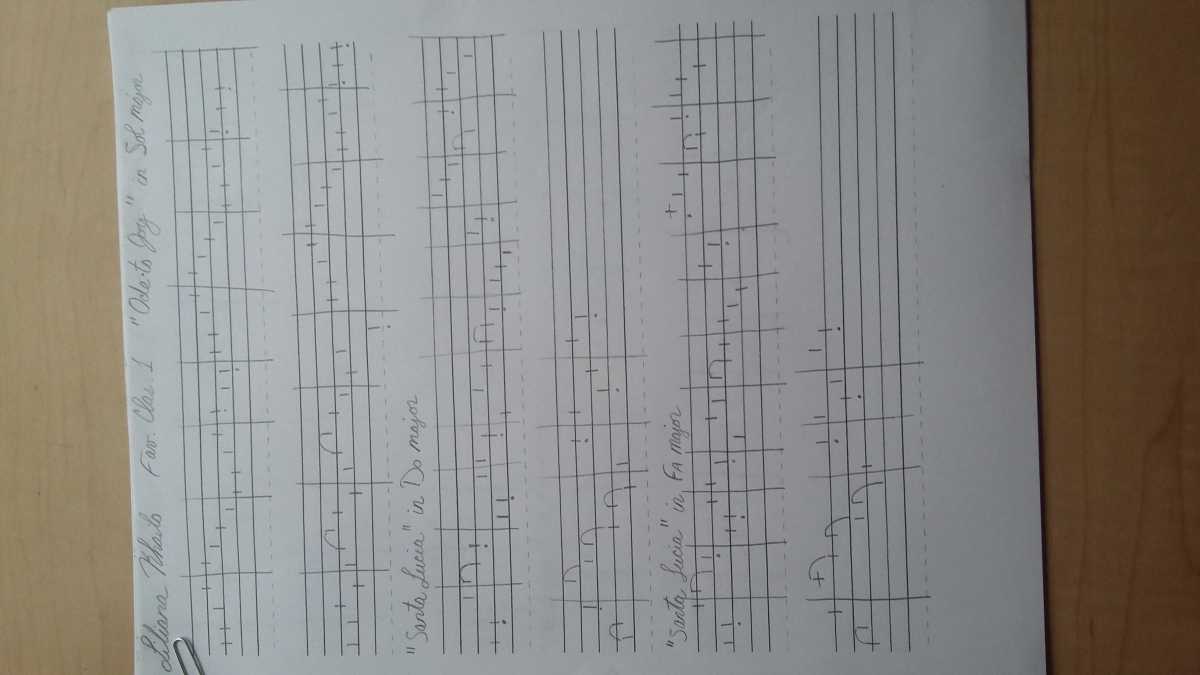
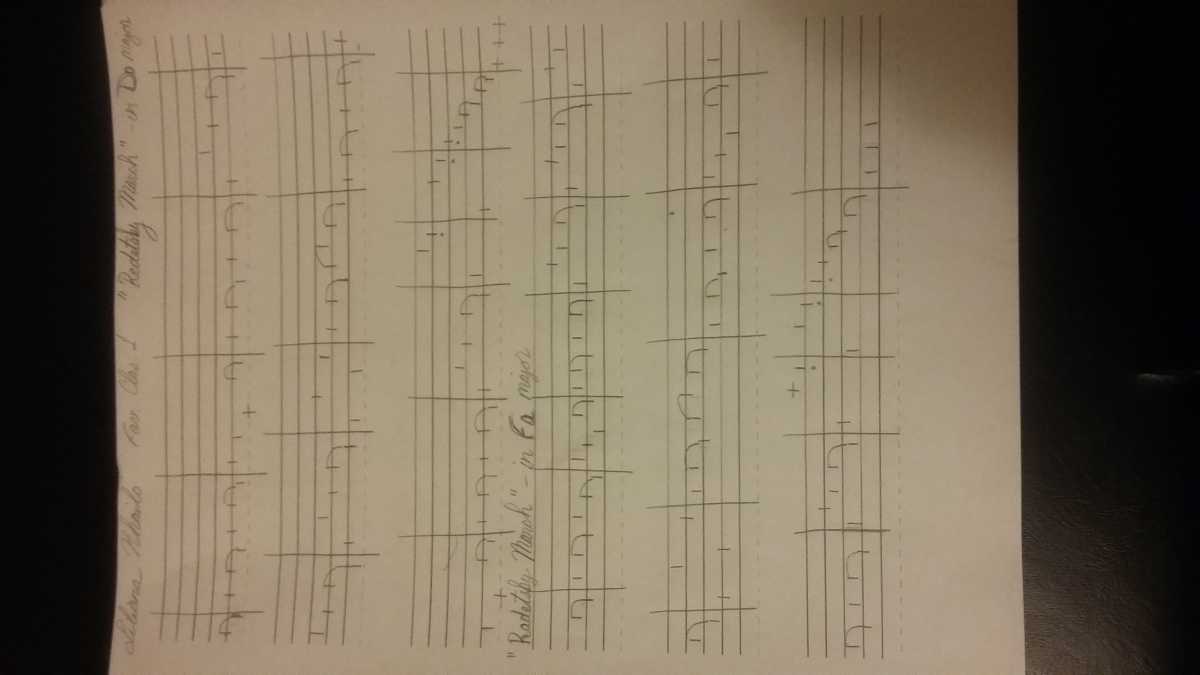
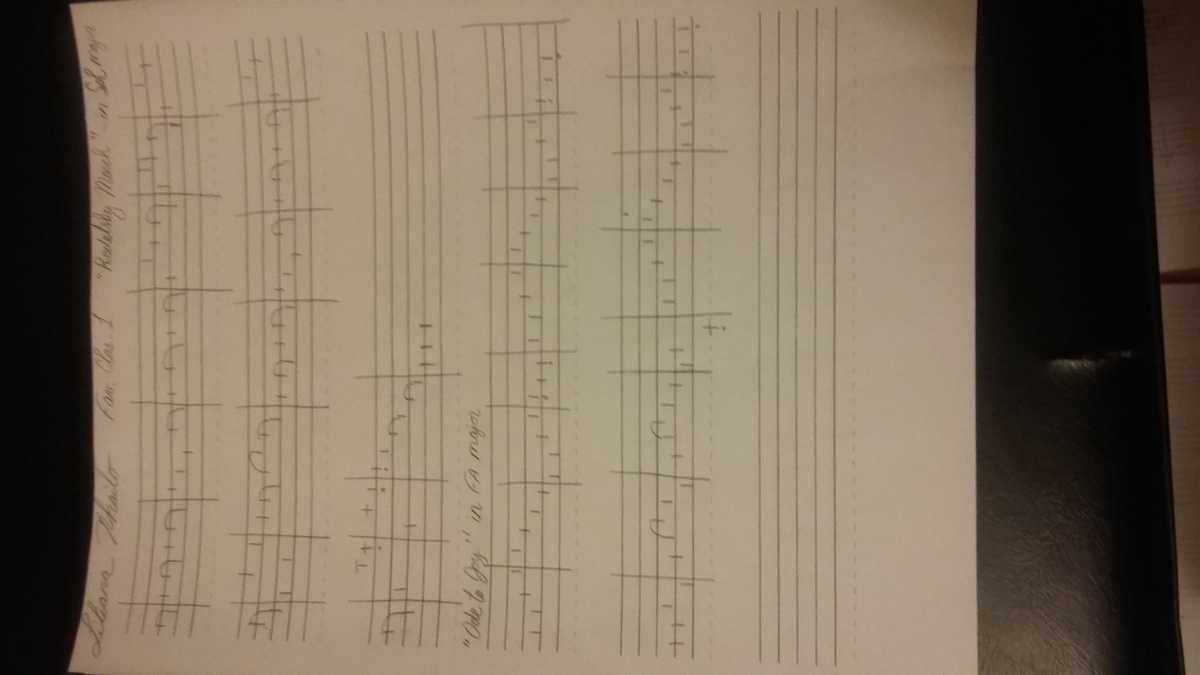
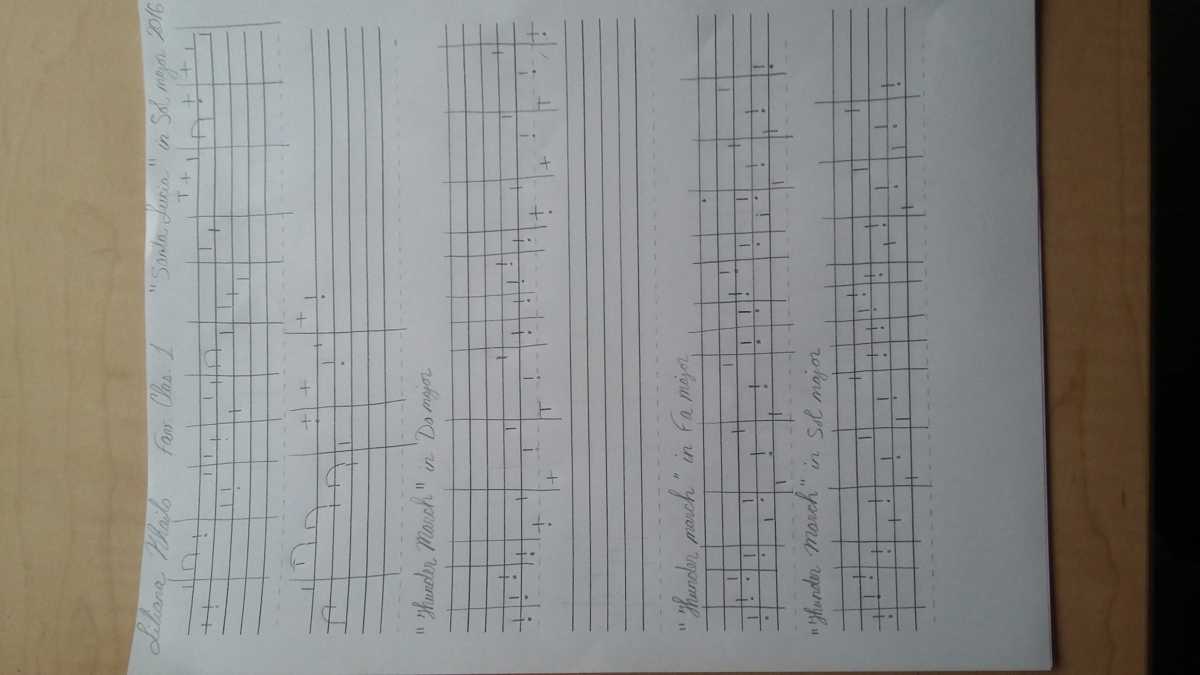
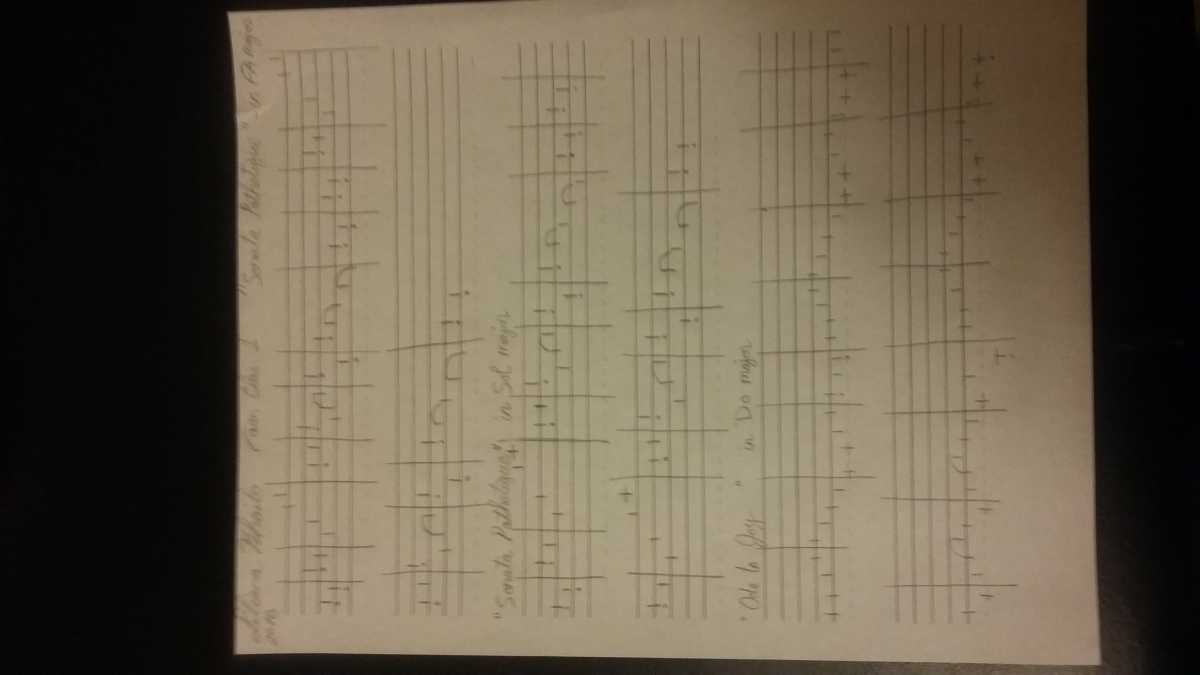
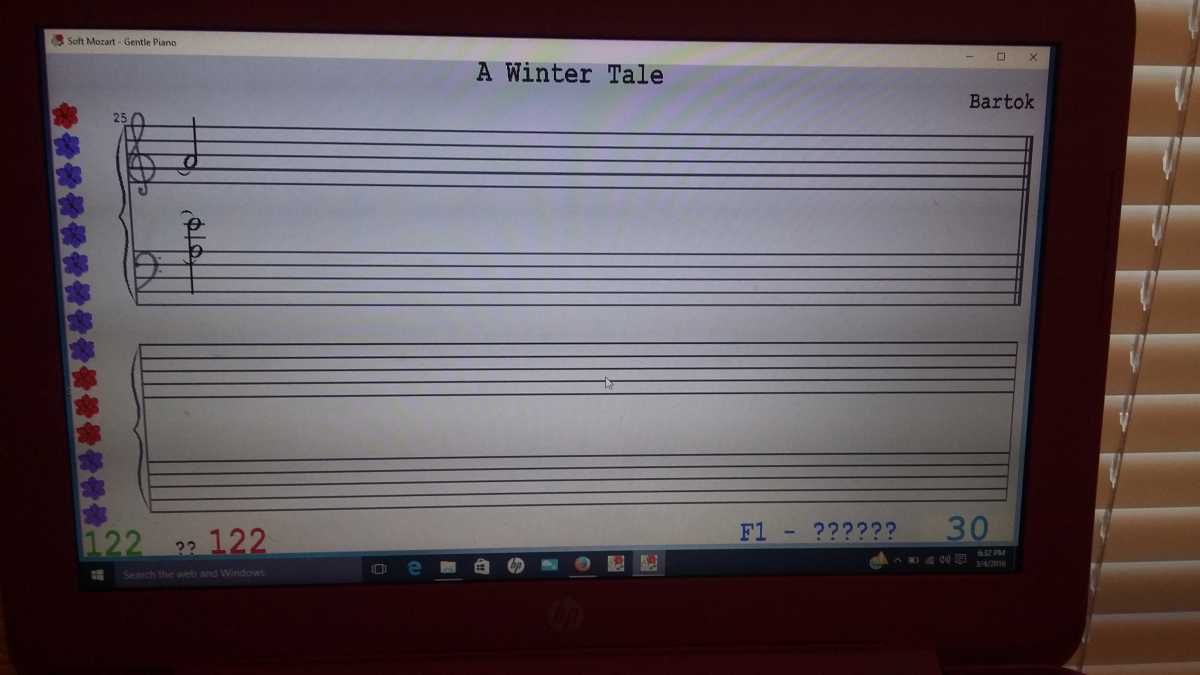
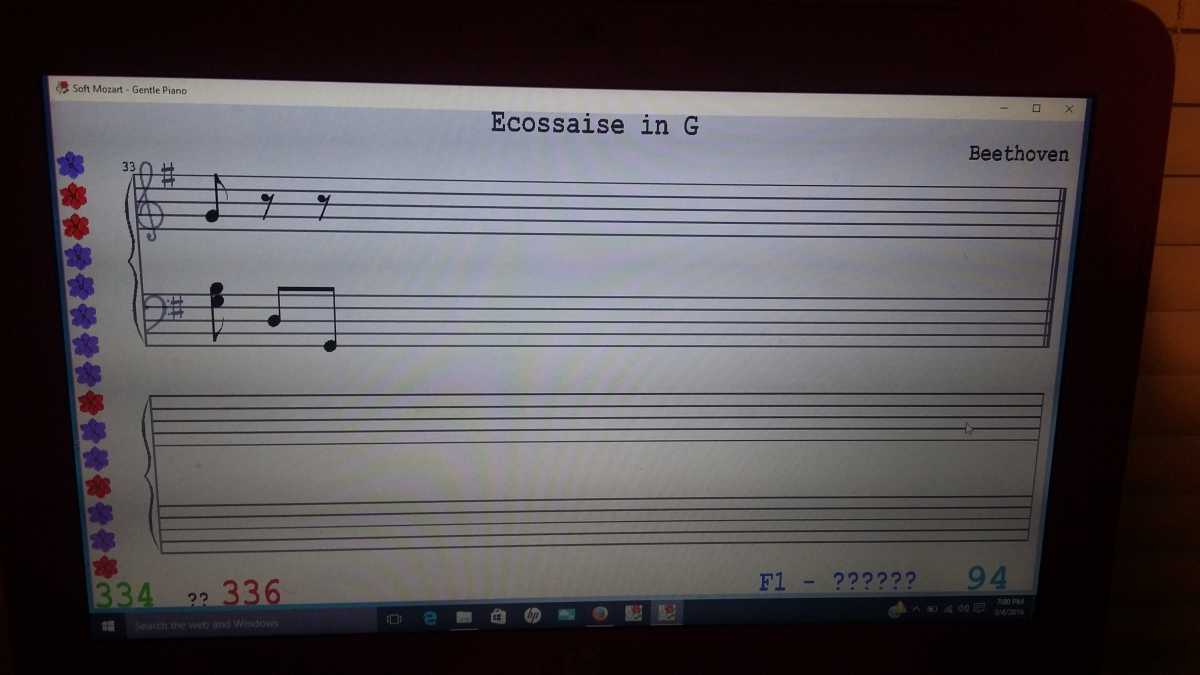
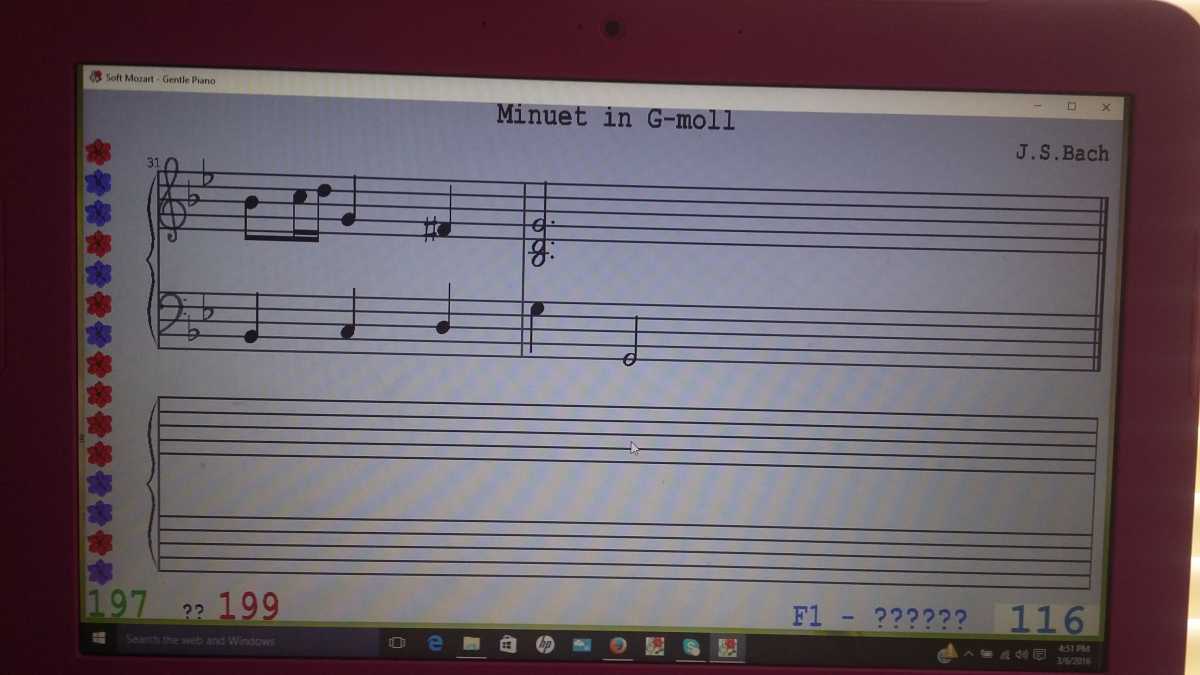
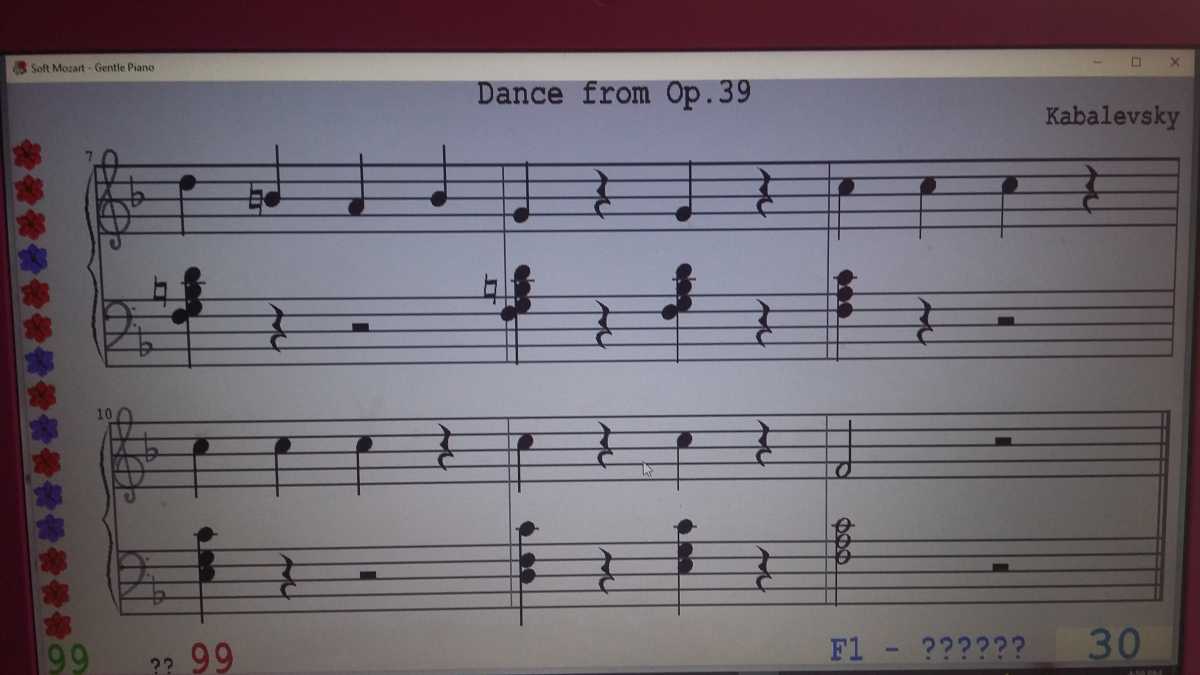
.jpg)
